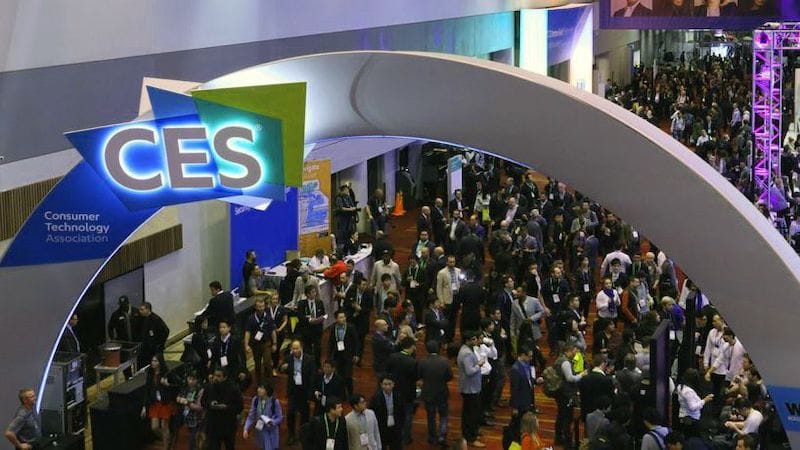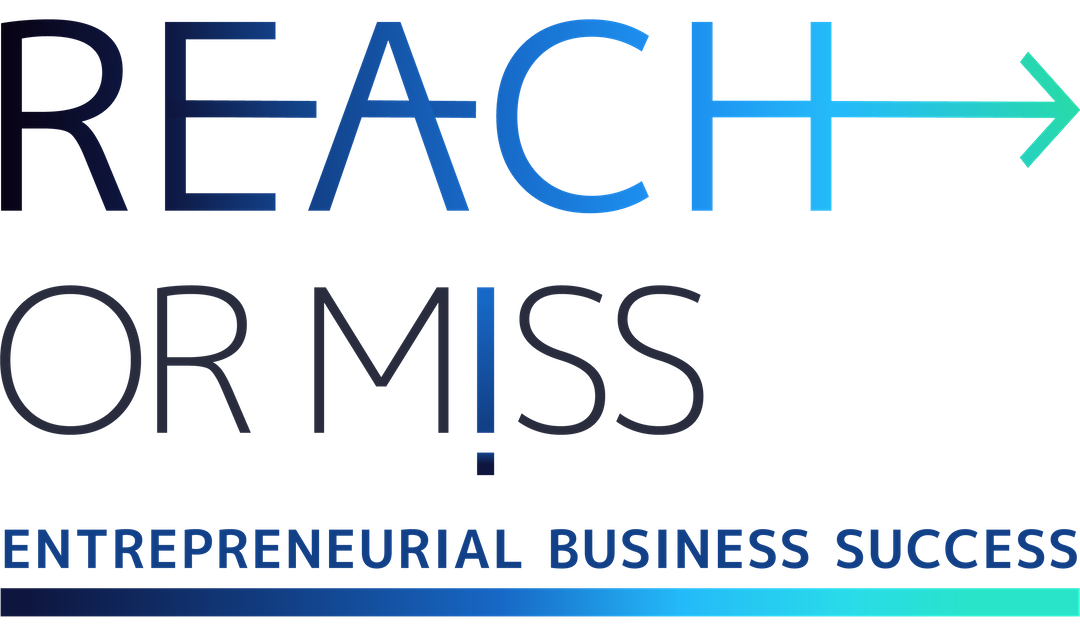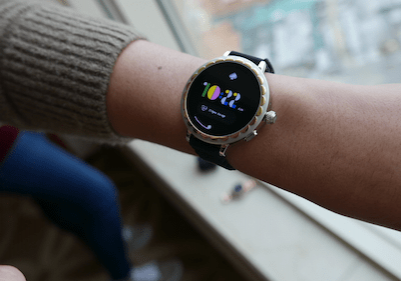Is there any chance for entrepreneurs to succeed with a physical electronic product?

Is there any chance for entrepreneurs to succeed with a physical electronic product?
CES 2019 the biggest Consumers Electronics Show is here!

Source: Le web Paris
During my first 22 years of marketing and sales, I worked only with physical products, like food, suits, batteries, and mobile phones. Mainly, but not only, consumer products.
And then in 2008, I began working with startups and entrepreneurs, and shifted my focus to mainly software, systems, online platforms, and etc. There were very few consumer electronics products in the startup nation at that point.
VC, mentors, and the successful, big, high-tech companies used to say there is a total lack of consumer understanding and marketing.
That makes sense. Look at the successful big startups, like Google, Facebook, Twitter, even Amazon and eBay, which are dealing with physical products, but were started and based on being an online platform.
Look at Quora answers to a question about the best startups, or Startup Ranking:
- Foursquare
- Quora
There aren’t any consumer electronic products among the current leading startups.
There are, of course, new products like Alexa and the like, Apple Watch, Fitbit, and Roombas, just to name a few. However, there aren’t many and most of them have been developed by well known, already successful companies.
What does it mean?
Does it mean there isn’t a chance for world changing products like the light bulb? The car? The radio? The phone?
When we look at the new products at the CES (Consumer Electronic Show) 2019, we see many opportunities for world changing inventions.
Yet, the biggest challenges are introducing the invention to the right potential customers, figuring out how to best define the new un-familiar product, finding the right selling channels, etc.
I hope and believe there will be more opportunities for new physical products.
In the meantime, I would like to tell you about some of the startup products I have had the privilege of working with and address the differences in marketing software and online platforms vs. hardware and electronic products.
One of the successful products I had the pleasure of working with along the way is UpRight.
UpRight was designed to track, train and improve posture for sustainable back health with a tiny ,habit forming wearable.
Winner of the “Health and Wellbeing Tech of the Year”, Wearable Tech Awards 2017.
Since its first day, UpRight aimed to build its customers’ journey the right way. They started with a successful Kickstarter campaign and then came to us to create a wide and deep global market research and to build the product’s market strategy, marketing, and sales plan to approach its target audience.
Step by step, they built awareness about the product, and presence in online stores and other sales channels. In the second stage, they launched a second and very successful Kikstarter campaign for their new updated product, and then they proudly celebrated a desirable cooperation to sell the product in Apple stores around the globe.
Another product I’m proud to be part of is the SitnStand. I have written quite a bit about the SitnStand during its first launch to the UK market.
You are welcome to read my last post: Real time startup launches are SO exciting!
And the third is Timocco, a fun therapy game environment for kids with special needs.
Timocco is an online, therapeutic gaming environment specifically designed for children with special needs. Using motion based technology, our games respond to the child’s movements. Timocco’s patented tracking software allows any webcam to identify and follow player’s movements by following objects held by the player.
I believe the biggest difference with consumer electronic products and other physical products is starting with finding and managing the sales stores and the point of sale, where the products should be presented and sold, including the logistic backup.
Only then, starts the stage of spreading the words - getting the new product the best exposure for the right target audience at the right time, create awareness and demand, build the brand and bring the customer to desire and look for the product.



